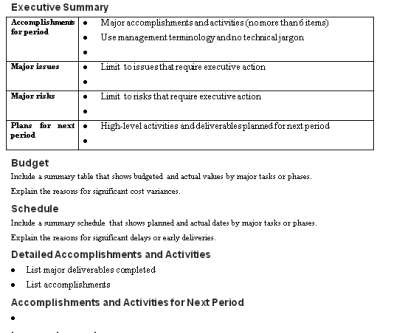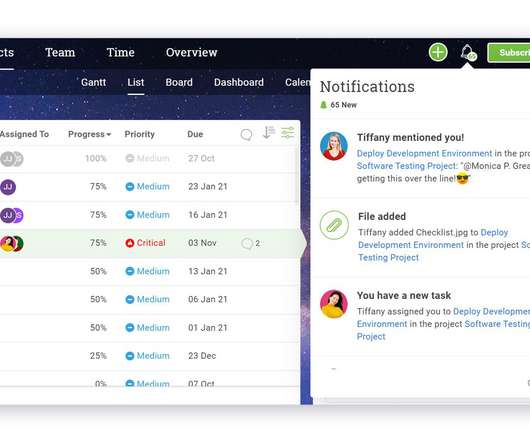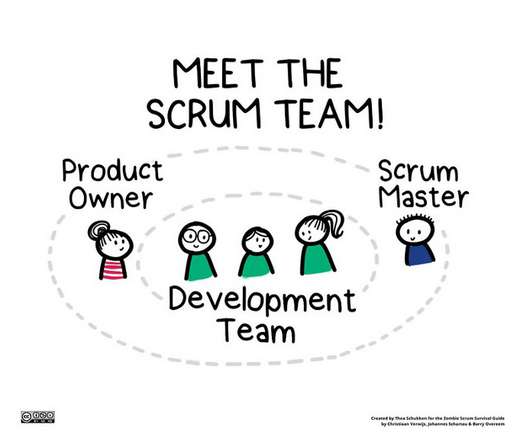Mastering the (new) Agile Coaching Mindset for the 4th Industrial Revolution (4IR)
International Institute for Learning
MAY 16, 2022
refers to exponential changes in the way we work, live, and interact with one another as a result of the combination of technologies such as machine learning and artificial intelligence, intermingling with the physical world to create cyber-physical systems. For the uninitiated, the 4th Industrial Revolution (or Industry 4.0)
























Let's personalize your content